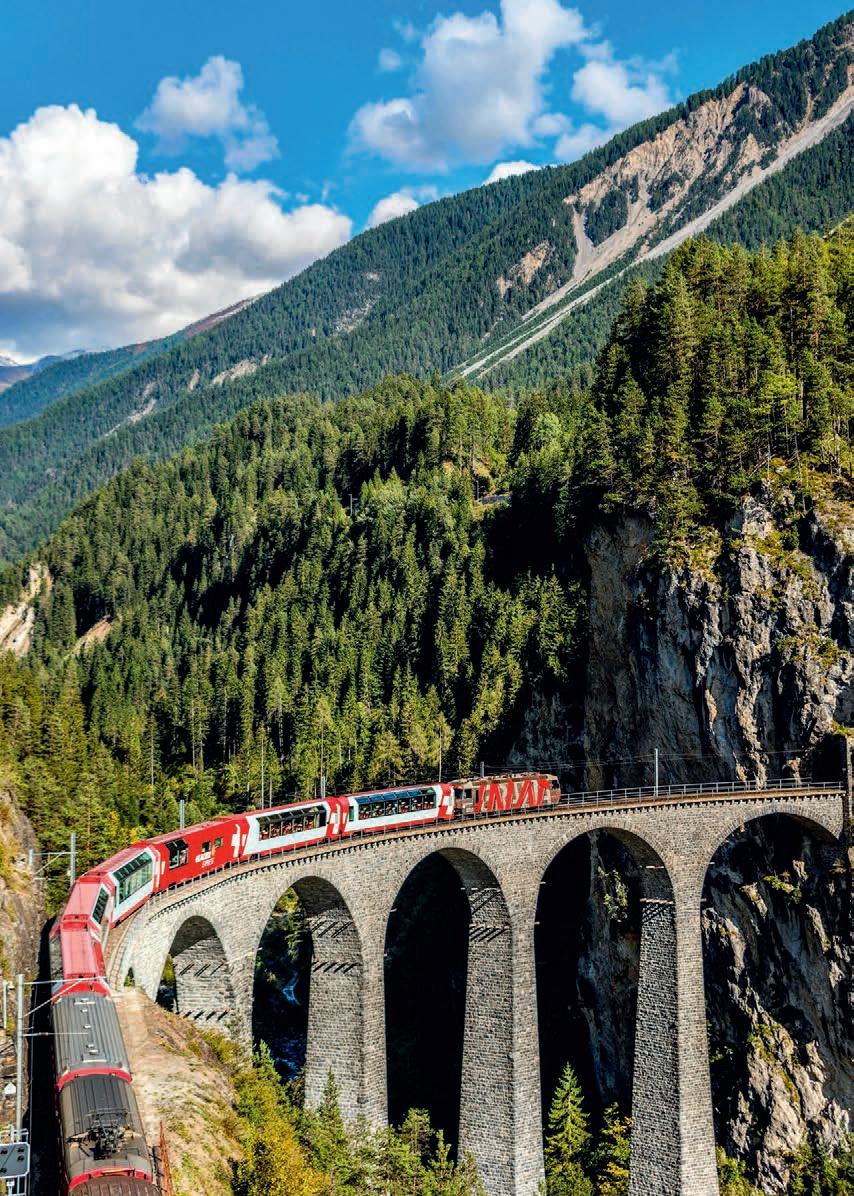The Travel List



Savour the spirit of NOLA with stays that conjure the city’s historical roots, jazz soul and community spirit
 Reviewed by Tami Fairweather
Reviewed by Tami Fairweather
The history of this French Quarter grande dame echoes that of the city, including its dark days. The building has served as everything from a centre of commerce for the exchange of land and enslaved peoples to a Civil War-era hospital, though in better times it hosted some of the first Mardi Gras balls. For much of the early 20th century it flirted with ruin, before decades-long efforts to preserve it paid off in 1960 when it reopened as the Royal Orleans – Led Zeppelin even named a song after it. Today, it is the only hotel with balconies overlooking Royal Street, while its Rib Room conjures the party days of old with a jazz brunch on weekends. A ‘Say Goodnight to Hunger’ programme also donates food to local shelters for every stay completed. Rooms from around £170 per night, excluding breakfast; omnihotels.com
You’d be hard-pressed to find a better location for a boutique-chic stay with access to a deep pool than this elegant spot on the edge of the French Quarter. Whether you opt for a room in the main house or one of the studio apartments out back, it is perfectly placed, just a short stroll to the live-music mecca of Frenchmen Street, which might account for its rather colourful 20th-century history. In the first half of the 1900s, after ‘Storyville’ (the city’s red-light district) was shut down, it operated as a discreet brothel; it was later home to the ‘Boom Boom Girls’, the backup dancers for the late, great burlesque performer (and former owner) Chris Owens. Nowadays, manager Caleb offers a more wholesome kind of hospitality, with a glass of wine on check-in and plenty of tips for the perfect stay. Rooms from around £140 per night, excluding breakfast; melrosemansion.com















Paraguay has endured hard times over the centuries, yet the ruins of its Jesuit missions recall the days when its Indigenous people found a strange kind of paradise

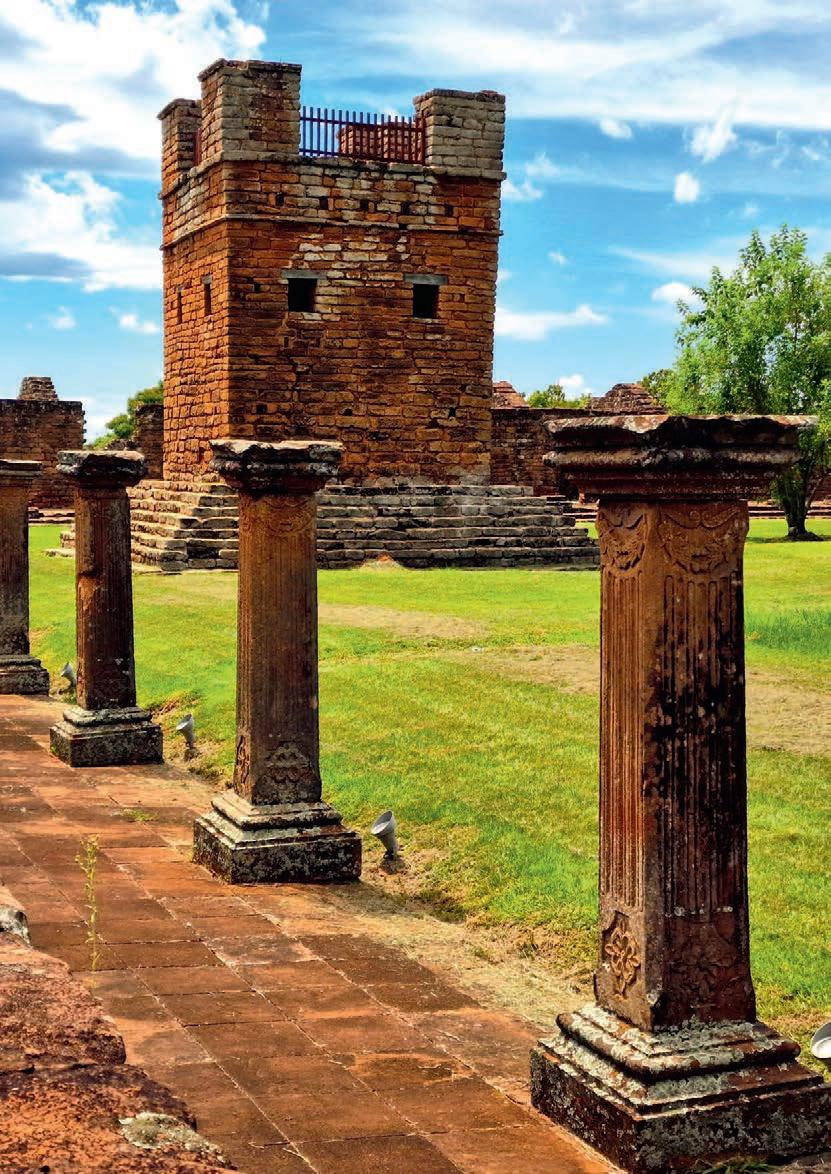
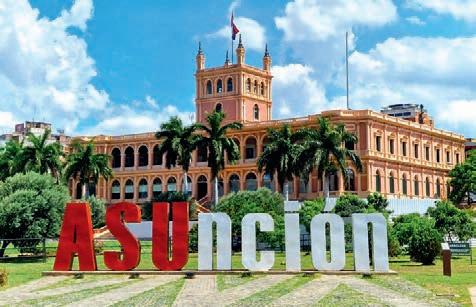
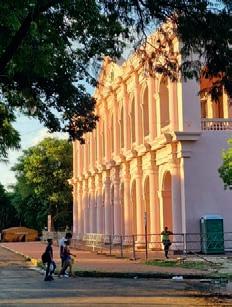

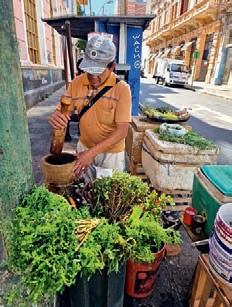


Algeria’s litany of invaders have shaped a land where echoes of history’s greatest empires still catch in the desert winds; but visitors today will also discover a country finding its own voice
 Words & photographs Mark Stratton
Words & photographs Mark Stratton

At the museum in Djémila I spied a sublime sight. It was a Roman mosaic depicting the licentiousness of the god Bacchus: murder, sacrifice, orgy and wine. It was quite the show. It also caused me to ponder something that, up until then, I hadn’t thought about: how might modern Algeria be represented in tesserae? After some deliberation I decided that, regardless of what was depicted, it would be an utterly mercurial sight. After all, so little is known about Africa’s largest country.
I started conjuring the Algeria mosaic in my head, piecing together bits of classical civilisations, oases bearing the sweetest dates, Mediterranean sunshine and scorching sands migrating wispily across Saharan dunes like transient djinns. It would be a bit frayed at the edges, representing the turbulent decades that saw this North African behemoth firmly off travellers’ itineraries. But Algeria has changed in recent years. With security vastly improved, its mosaic of historical and cultural wonders is once again reachable – and barely a three-hour flight from London. It is something that a new vanguard of visitors will be eager to explore, even if procuring a visa is tricky, thanks to the Socialist siege mentality of the ruling regime making it tough for those not travelling as part of an organised tour.
“Algerians are a mixture of many peoples,” said M’hamed Gueraini, a gentle giant of a guide, upon meeting our small group at Algiers airport. “We’re more Berber and Arabic than French, Roman or Ottoman, but overall, we’re unique.”
That cultural mix quickly materialised on the drive into capital Algiers. M’hamed delivered a potted summary of 3,000 years of history as the city’s denim-blue Mediterranean coastline drew near, beginning his tale in 800 BC. This was when the Phoenicians were trading with Carthage (Tunisia), he said, before Rome conquered all. In turn, the Romans were swept aside by Berber-Arab dynasties, who ushered in Islam. He scarcely need mention later occupations: downtown Algiers revealed lustrous domes dating back to Ottoman rule, while the French colonisation of 1830 was apparent in housing blocks of Neoclassical finery.
Algiers is a city of hills and café culture. Every morning, I walked from my hotel in Telemly district to grab a black coffee and a croissant, conjuring memories of Marseilles: the déshabillé architecture, the horn-blaring traffic and the busy seafront marinas all felt oddly familiar. Yet Algiers’ apogee is found in Martyrs’ Square and its kasbah. Here the Mediterranean sunshine cast shadows from the surrounding minarets and Art Deco architecture onto the city’s main plaza, which was lively in the bustle around the Friday prayer. Families browsed stalls of hanging Deglet-nour dates, Berber costumes and tagine dishes as their children excitedly chased pigeons. But it wasn’t always like this.
“In 1832, the French massacred nearly 4,000 people who were defending the kasbah’s Ketchaoua mosque from being converted into a cathedral,” said M’hamed. In his words I could almost hear the gunfire entering the kasbah, as if the higgledy-piggledy narrow lanes trapped an inescapable palimpsest of history within its labyrinth.
The kasbah was once called Icosium, a Phoenician port that acquired its current guise as a walled medina around the mid-10th century AD, under the founder of the Berber Zirid dynasty which went on to rule parts of the North African Maghreb. Elsewhere, I had seen medinas so ⊲
After a chance find made when digging the metro line in Algiers, it was recently discovered that the city’s Martyrs’ Square, in the lower kasbah, dates back to the Phoenician era. Its more recent history is what gave it its name, however, recalling when 4,000 people were killed while protesting the 1832 conversion of the Ketchaoua mosque into a cathedral; (previous spread) the oasis of Taghit sits on the edge of the Grand Erg Occidental, a vast field of dunes that receives less than 50mm of rain every year



From inception, we wanted the Travel Green List to be an extensive, inspiring and honest portrayal of sustainability in travel. So, we began by asking the most obvious question: what is sustainable travel?

It’s a question that often yields an elusive answer, due to the many complex aspects around sustainability. We already know that reducing carbon emissions is crucial, as is preserving the planet’s biodiversity and ecosystems. However, the effect of tourism on communities is also vital, albeit a factor far less widely appreciated.
In fact, in most cases these go hand in hand. A well-supported society will be more empowered and equipped to protect its environment, strengthening regeneration. In regions where Indigenous peoples are striving for acknowledgement and survival, First Nations-led tourism initiatives can be empowering and educational for both visitors and locals alike. It thus follows that all these experiences should be inclusive and accessible to people of every background and ability, and not least because that’s just basic human decency.
In essence, sustainable travel is an exchange of enriching and interactive encounters that benefit both the visitor and the host. This was the philosophy we adopted in compiling the Travel Green List. In doing so, we discovered that sustainable travel experiences can
be enjoyed in the most unexpected corners of the world, where they can truly be a force for good.
The conservation of Ecuador’s Cloud Forest supported by Mashpi Eco Lodge, for example, has led to 12 new species being identified. In Cambodia, Shinta Mani Wild’s woodland camp sustains sections of the Cardamom National Forest that were otherwise doomed to deforestation. And it’s not always small enterprises that enact change. Amilla Maldives has opted to reduce its carbon footprint by conducting a thorough supply-chain audit, and it produces much of its food in-house. Then there is Florida’s tourism board, who are building a strong, accessible infrastructure to ensure everyone, particularly disabled travellers, can experience the best of the state.
Throughout this list we celebrate people and places committed to making a difference: those that are taking meaningful steps towards safeguarding local culture, environment and wildlife. We pay great attention to the operators delivering deeper, more interactive travel itineraries and the transport providers making emissions reductions a priority. Finally, several well-known friends of Wanderlust have added their voices on how to travel with purpose; their wise words coming from years of travel experience.
Welcome to the first ever Wanderlust Travel Green List.
In our first ever Travel Green List, Wanderlust champions the destinations, accommodation, tours and transport operators creating a more sustainable travel experience for everyone






Cycling a former railway line through the rural valleys, coastal towns and hilltop villages of Croatian Istria reveals an ancient land shaped by empires and cultures far beyond its borders
 Words Martin Symington
Words Martin Symington
Plan the perfect green escape in Costa Rica, where there are plenty of ways to lessen your footprint and make a difference while travelling
 Words Nikki Solano
Words Nikki Solano


Forget any anachronistic images about Tenerife and Gran Canaria you have. Let your mind drift off instead to two intoxicating capital cities set adrift in the deep Atlantic of Macaronesia, part of an archipelago of big skies, cobalt ocean, soaring volcanoes and sweeping beaches; a land where it seems to be springtime year-round.
Life in the city of Santa Cruz de Tenerife dates back over two millennia, to when the Canary Islands were inhabited by the Indigenous Guanche people. Much later came the Spanish, who conquered the archipelago in the 1400s and changed life here forever. By the 19th century, Santa Cruz was the capital of the Canaries and one of Europe’s most important ports; by 1927, this capital status was shared with Las Palmas de Gran Canaria, whose rise as a critical port for trade between Europe and the Americas saw it surge in importance over the centuries. Everything on the islands flowed through them. These twin geographical and geopolitical anomalies are part European, yes; but there is also an unmistakable South American swagger, architecturally and culturally, and their proximity to Africa has undoubtedly had a big influence. Yet while the two capitals share so much, they are very different. Their pride at being distinct is exemplified by residents who never
tolerate their city names being shortened to Las Palmas or Santa Cruz, even if everyone does it.
Las Palmas’ Latin American vibe conjures Rio comparisons, thanks to the presence of its own Copacabana-style beach, known as Las Canteras, and its lively outdoor lifestyle. It feels like a big capital, and it is – this remains one of Spain’s ten largest cities. It also has many faces, which you see as you sweep south through bustling Santa Catalina and the commercial heart of the city, then on into the old quarter of Vegueta, with its hanging balconies, pretty squares, clusters of churches and the vaulting exterior of the impressive Santa Ana cathedral.
Tenerife’s Santa Cruz, on the other hand, is a stately city of grand streets and leafy parks. It’s deeply Canarian but wears its Spanish architectural and cultural influences on its sleeve. It is also home to, reputedly, the second biggest carnival in the world, after Rio, so strap in for a party – residents demonstrate admirable creativity and stamina. This spirit ripples on year-round in the subversive Carnaval societies of La Noria district. Elsewhere, the Plaza de España sets the tone for a graceful city that is alive with old-world architecture; one where pavement cafés and lush parks abound. Indeed, both capitals have resoundingly embraced outdoor living, so take a pew and join in.


“When I suggest that visitors head for the Vegueta Market, they often come back amazed and tell me they have nothing like it back home. It is a delightful 19th-century alternative to the world of supermarkets. It’s a real human experience too, with room to chat and smile with the colourful stallholders as you shop. The fish counters, in particular, are amazing and put our bountiful Atlantic waters on show. It’s hard to come away from Vegueta without buying anything.”
N, 15.4654° W & 28.4636° N, 16.2518° W

